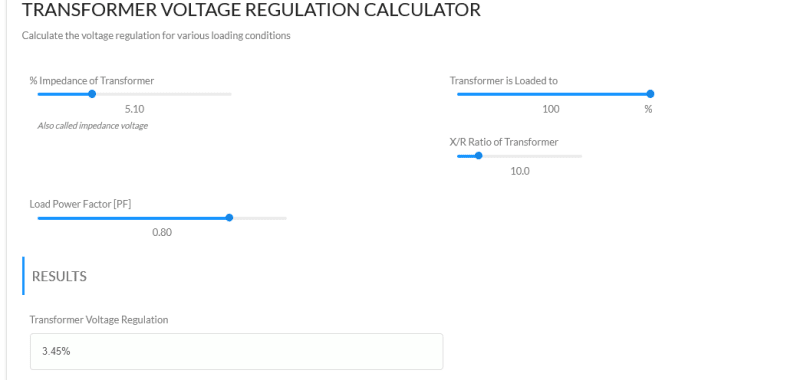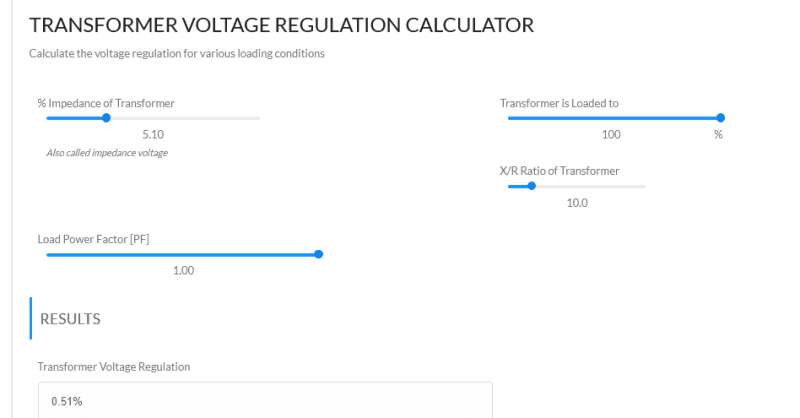NickParker
Electrical
Let us consider a 11/720V, 5000kVA transformer with a percent impedance of 8%. This means that when this transformer is not loaded and when the primary is applied with 11kV, the secondary terminal voltage will be 720V.
And when this transformer is loaded to its rated capacity of 5000kVA, 8% of its open circuit voltage of 720, that is 720 x 0.08 = 57.6V will be dropped within the secondary windings of this transformer and only 720-57.6 = 662.4V will be availabe at it secondary terminals.
Am I correct? the nominal system voltage is 690V, now im thinking of increasing the no load voltage to 750V.
And when this transformer is loaded to its rated capacity of 5000kVA, 8% of its open circuit voltage of 720, that is 720 x 0.08 = 57.6V will be dropped within the secondary windings of this transformer and only 720-57.6 = 662.4V will be availabe at it secondary terminals.
Am I correct? the nominal system voltage is 690V, now im thinking of increasing the no load voltage to 750V.


